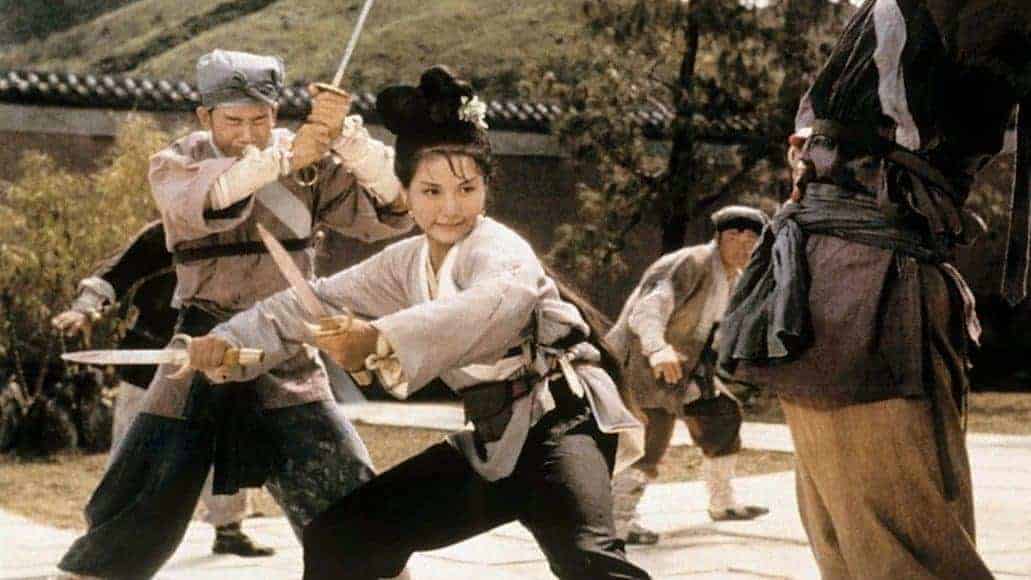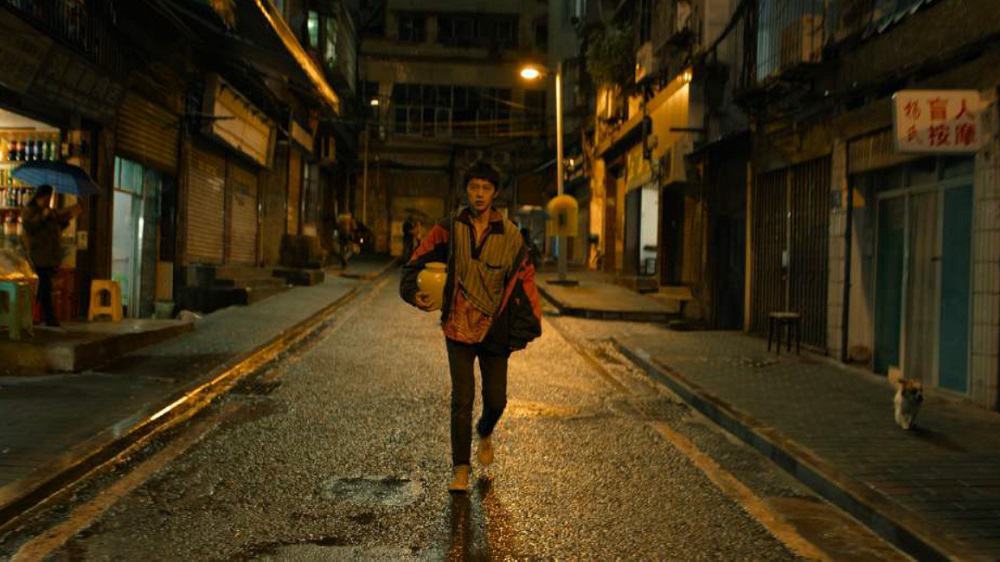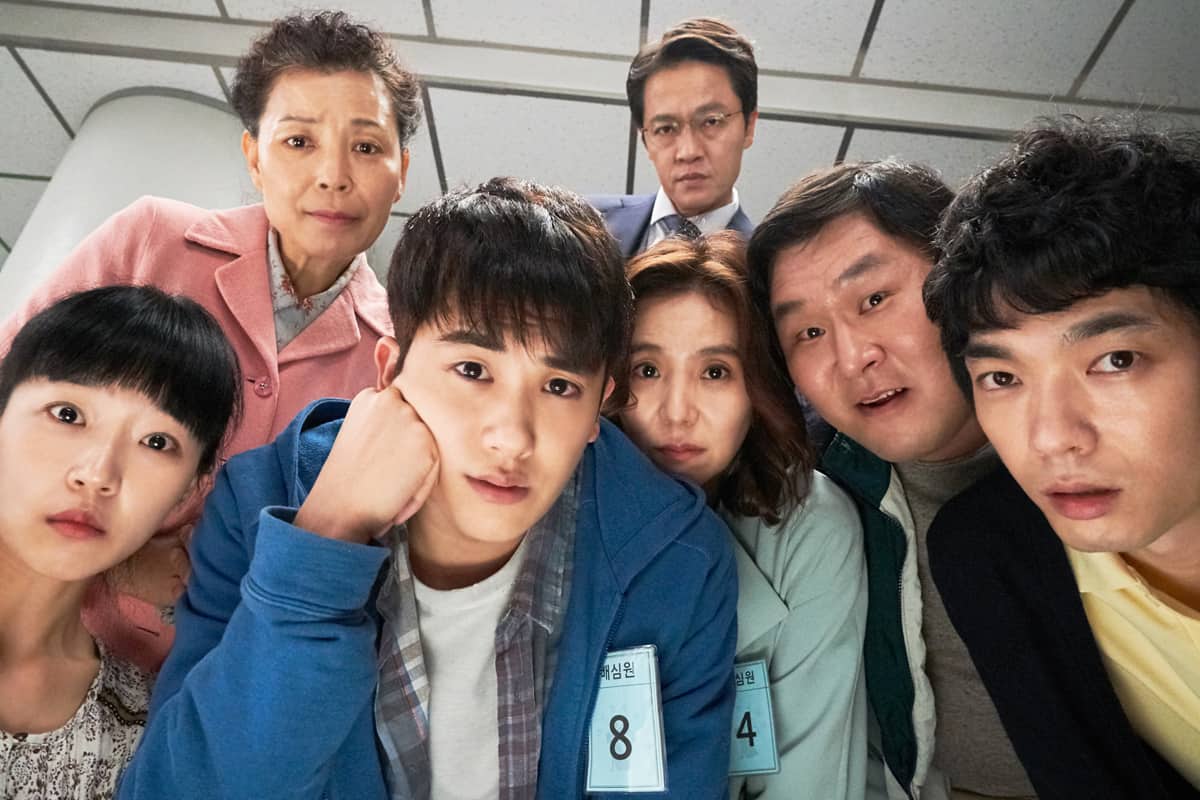After the success of the first two installments of what would soon become one of the longest running franchises in Japanese film, the third movie directed by Tokuzo Tanaka finally demonstrated the belief of the producers in the potential of this character and the stories which could be told with Zatoichi in the epicenter. The fact that “New Tale of Zatoichi” is shot in color was one of the many indicators, as author Scott Morse points out in his commentary for the release of the films by Criterion, that Daei had big plans for the character and realized what kind of stories could be told with the blind masseur who had become so popular in so little time, to some extent thanks to the performance by actor Shintaro Katsu.
Buy This Title
At the beginning of the film, we find Zatoichi (Shintaro Katsu) on the road again. After the killing of Kanbei (in “The Tale of Zatoichi Continues”), the blind masseur has decided to return to his home town, but he is followed by Kanbei's brother Yasuhiko (Fujio Suga) who wants revenge. However, before the duel between the two men can take place, they are interrupted by Zatoichi's master, a man named Banno (Seizaburo Kawazu), who asks his former pupil to stay at his house for the time being and demonstrate his impressive skills with the sword to his present students.
While Banno maintains an honorable facade, the depressing state of his finances have forced him to be in business with the Mito Tengu, a group of samurai and thieves. He also wants his sister Yayoi (Mikiko Tsubouchi) to marry into one of the wealthy families in town, but she insists on a marriage out of love. Tensions between the two siblings increase when Yayoi becomes quite fond of the modest, quiet ways of Zatoichi and wants to marry him instead.
Even though for many the first part of a series of films might be the best part, in the case of the “Zatoichi”-films, the third entry in the franchise may be an early peak in terms of quality, script, acting, visuals and thematic depth. Most importantly, director Tanaka leads his films into the themes which have already been inherent in the last film, but finds a much more thorough examination: the desperation caused by poverty or financial misfortune and the possibility of mercy. Whereas Katsu's Zatoichi has considerable skill with the sword, a magnificent sense of hearing as well as a certain empathy for those regarded as weak within the Japanese society of the time the movie is set, he thinks very low of himself due to his status as a henchman for the yakuza.

In “New Tale of Zatoichi”, we can indeed see something of a “new” story in the sense that he finds a rare act of mercy after being forced to live the life of a homeless bum, an outcast to society because of his blindness and status. During the scene in which he and Yayoi walk through a bamboo thicket, the beautiful scenery, highlighted through the sensitive framing by DP Chikashi Makiura, both characters catch a glimpse of this utopia, this possibility to exist within the confinements of a world outside of social categories like status, money and gender.
However, beauty and mercy are short-lived concepts within the reality displayed in the “Zatoichi”-series. A scene in which the blind masseur sings a song while playing the shamisen is followed by an act of savagery and theft directed against the poor travellers, some of them who have been forced out of their homes and stable lives. Even a man like his former master, played by actor Seizaburo Kawazu, a man of great dignity and respect, has to utilize the service of the shady elements of this world to make ends meet. Ultimately, these virtues cannot buy happiness, especially in a world defined by the dissolution of honesty and empathy for the sake of materialism and prestige.
“New Tale of Zatoichi” is a great entry into the “Zatoichi”-series, especially because of its exploration of themes like poverty and mercy, but also since it sheds some light into the background of the famous blind masseur. Supported by another great leading performance from Shintaro Katsu and beautiful cinematography, this is an early highlight in the franchise.
















